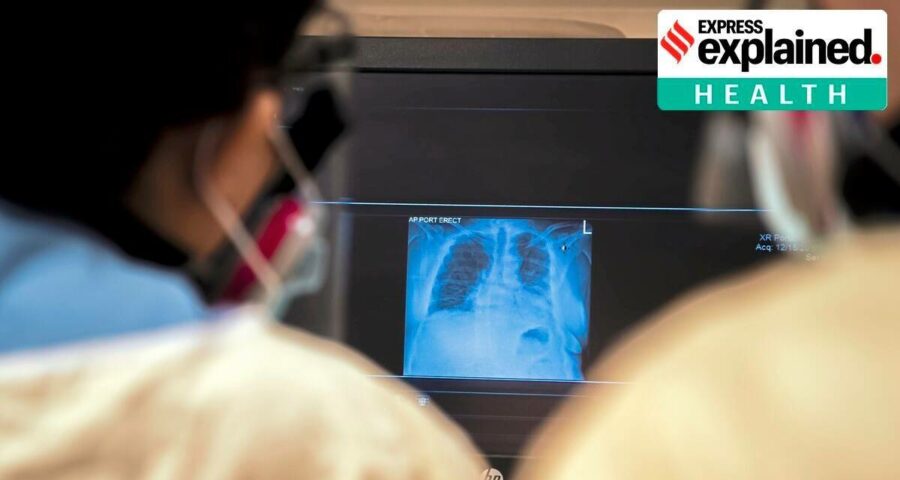The high burden of abnormal lung function (49%) reported in the study is worrying, said Dr Sundeep Salvi, former director of Chest Research Foundation, and head of Pulmocare Research and Education (PURE) Foundation.
Almost 50% of people aged 45 years and above have abnormal lung function, results of the Longitudinal Ageing Study in India (LASI) released on Wednesday say.
LASI, Wave 1, carried out in 2017-18, covered a baseline sample of 72,250 individuals of age 45 or older and their spouses from all states and Union Territories other than Sikkim.
Of these, 55,186 people underwent spirometry tests to check the health of their lungs. Only 51% reported normal lung function values, while 40% showed evidence of a restrictive lung disease pattern, indicating small lungs. This was slightly more prevalent in urban areas than in rural areas.
Nine per cent reported the presence of obstructive airways diseases such as asthma/COPD; this was somewhat more prevalent in rural areas than in urban areas.
The report was released by Health Minister Dr Harsh Vardhan on a virtual platform. The study was funded by the Union Ministry of Health and Family Welfare, and was carried out by the International Institute of Population Sciences (IIPS) in collaboration with Harvard T H Chan School of Public Health, University of Southern California, National AIDS Research Institute, and Chest Research Foundation, Pune, among others.
The goal of the study is to provide reliable and continuous scientific data on the health, and social, mental and economic well-being of India’s older adult (aged 45 and above) population. The aim is to continue for the next 25 years, with respondents surveyed every two years, principal investigator Dr T V Sekher told The Indian Express.
LASI in India is the world’s largest longitudinal ageing study in terms of sample size and reach, Dr Sekher said. Similar studies have been carried out in 41 countries; in Asia, China, Korea, Japan, and Indonesia have taken up the exercise.
The high burden of abnormal lung function (49%) reported in the study is worrying, said Dr Sundeep Salvi, former director of Chest Research Foundation, and head of Pulmocare Research and Education (PURE) Foundation.
“This needs to be taken seriously to find the causes and associated risk factors,” he said. Dr Salvi and his team trained field workers across India to perform spirometry, carried out quality assurance of all the reports, and helped in data analysis and report-writing.
The burden of obstructive airways disease is more prevalent in the northern states. This seems to correlate with high levels of ambient air pollution in these states, Dr Salvi said, adding, however, that more analysis of this aspect was needed.
Source: Read Full Article


